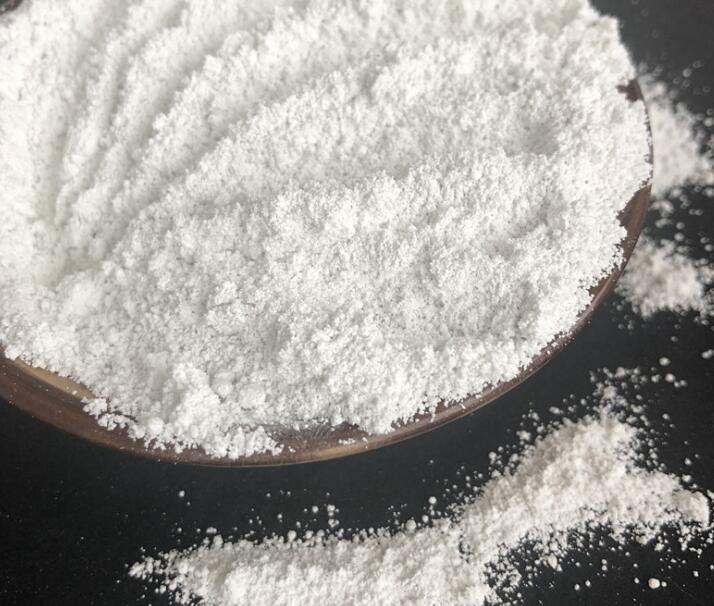Optimizing industrial emissions: Study on the high efficiency of magnesium oxide flocculants for desulfurization wastewater treatment

As environmental protection regulations become increasingly stringent, industrial emission control has become the focus of global attention. In this context, magnesium oxide wet desulfurization technology is widely used in industrial fields such as coal-fired power plants due to its high efficiency and economy. This article will delve into the application of this technology in wastewater treatment, especially the selection and optimization of flocculants to achieve more efficient wastewater purification effects.
Technical principles and applications
The core of magnesium oxide wet desulfurization technology is to use magnesium oxide (MgO) to react with sulfur dioxide (SO2) in flue gas to generate magnesium sulfite (MgSO3). This process not only effectively reduces the SO2 content in the flue gas, but also generates wastewater for further treatment. In the wastewater treatment process, the use of flocculants is crucial, as it can promote the settlement of suspended solids and improve treatment efficiency.
Flocculant selection and effect
Research has found that cationic polyacrylamide (CPAM) has the best flocculation effect in simulated wastewater. This flocculant can show good flocculation effect at low usage concentration, significantly improving the efficiency of wastewater treatment. In addition, temperature and pH value also have a significant impact on the effectiveness of flocculants, so these parameters need to be precisely controlled in practical applications to optimize the treatment effect.
Environmentally friendly and economical
Magnesium oxide desulfurization wastewater treatment technology is not only environmentally friendly, but also has economic benefits. The magnesium sulfate by-product produced can be used as a valuable chemical raw material, for example as a fertilizer ingredient, thereby reducing waste emissions. In addition, the technology requires less space, further reducing costs for industrial applications.
Challenges faced
Although magnesium oxide desulfurization wastewater treatment technology has many advantages, it also faces some challenges in practical application, such as the relatively high cost of magnesium oxide and the possibility of scaling in long-term operation. Therefore, overcoming these obstacles and achieving more economical and efficient desulfurization effects through continuous technological innovation and optimization is the direction of future research.
Research on flocculants for magnesium oxide desulfurization wastewater treatment shows that by selecting appropriate flocculants and optimizing operating conditions, the efficiency and environmental friendliness of wastewater treatment can be significantly improved. The development of this technology not only helps reduce the environmental impact of industrial emissions, but also provides economic benefits to related industries. As technology continues to advance, we look forward to more innovations and breakthroughs in this field.








